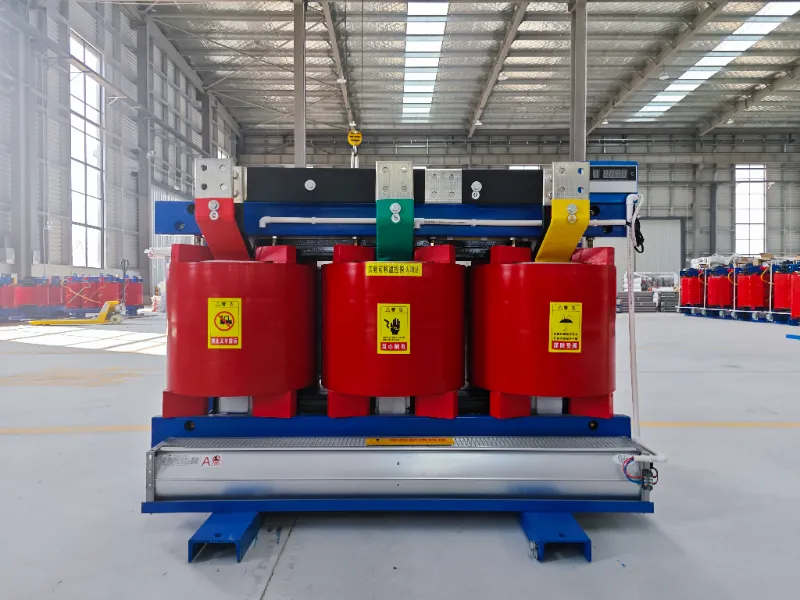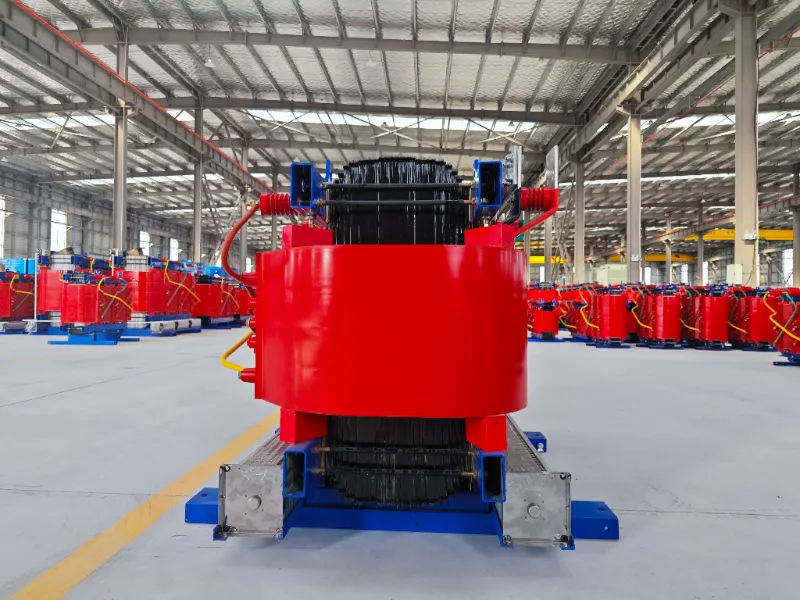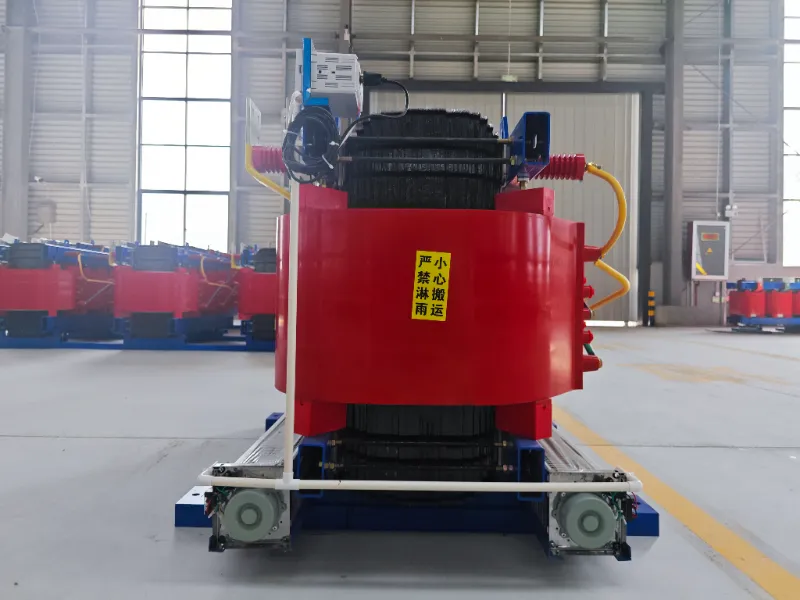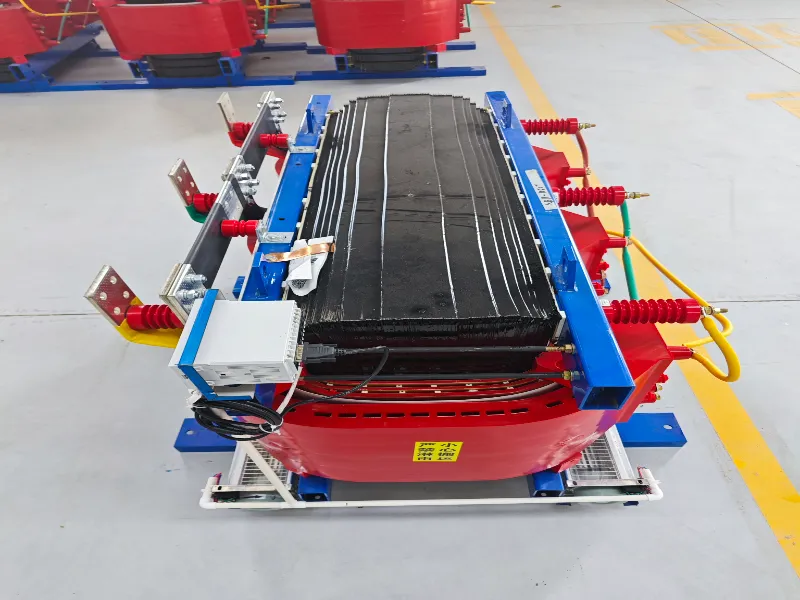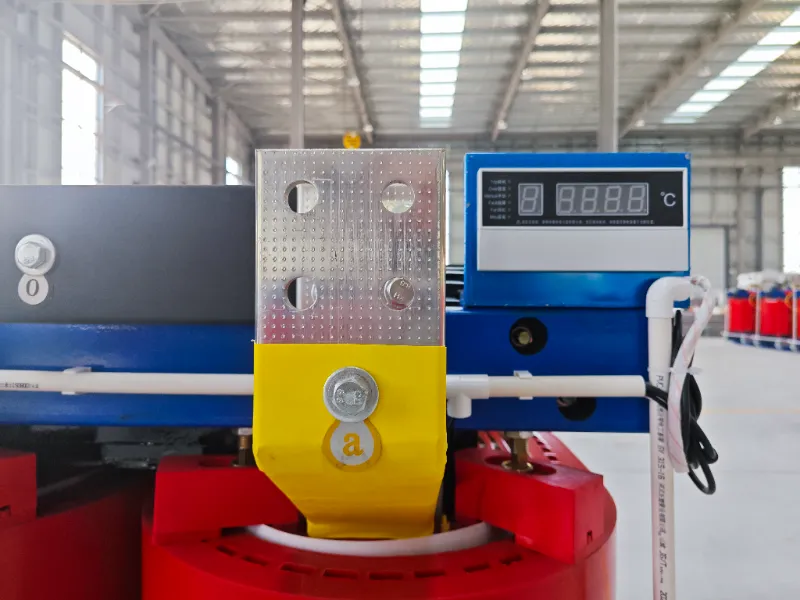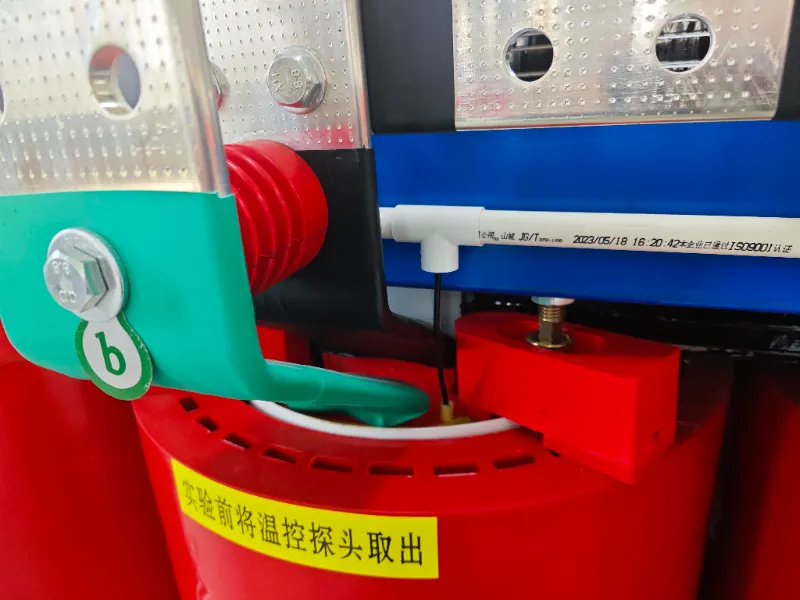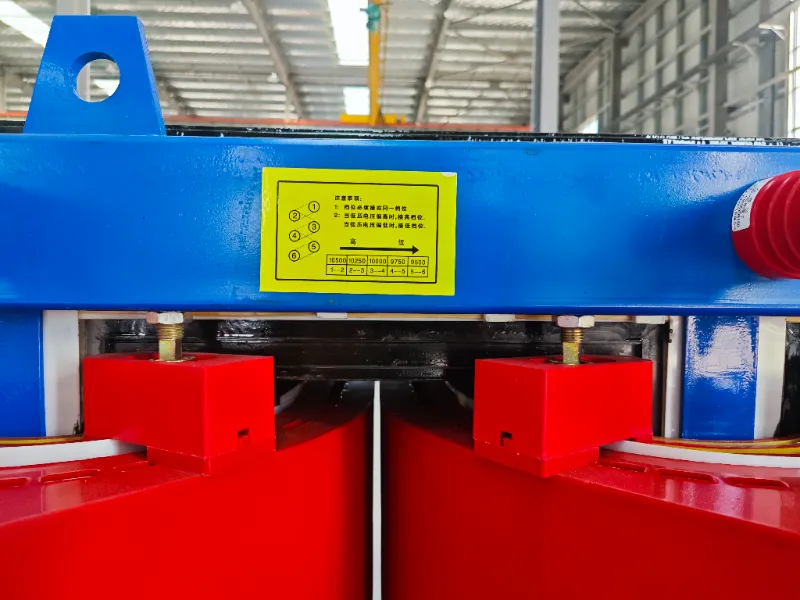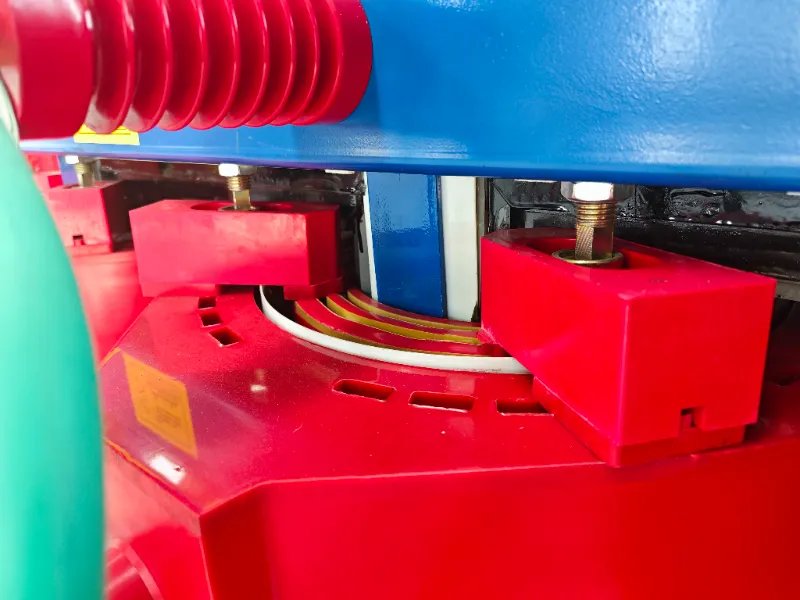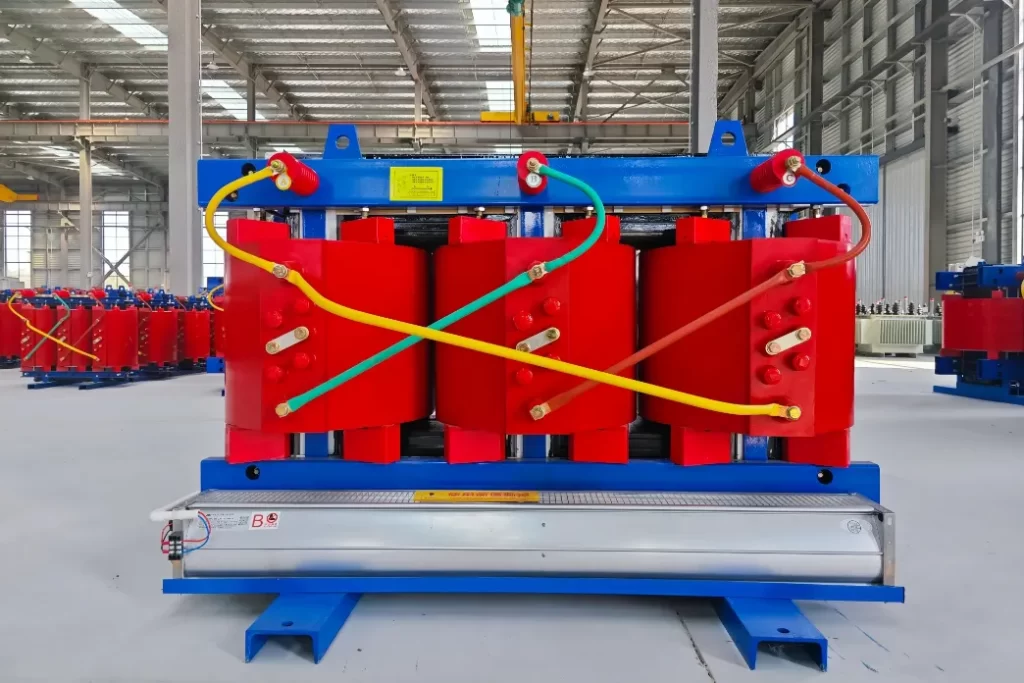
ZMJ POWER
dry Type Transformer
Dry-type transformers are preferable for indoor installations, especially in locations where the risk of fire or environmental concerns related to oil leakage is a significant factor.
Technical Parameters
| Phrase | Three-phase |
| Rated Capacity | UP TO 20000 KVA |
| Rated Voltage | UP TO 40.5 KV |
| Secondary Voltage | 0.4 KV |
| Frequency | 50Hz / 60Hz |
| Winding Material | Copper / Aluminum |
| Iron Core | Cold-rolled Silicon Steel Sheet |
| Insulation Material | Resin |
| Standard | GB1094.1 (IEC60076) |
| Connection Symbol | Dyn11/Yyn0/YNd11 |
| Tapping Range | ±2×2.5%, ±5% |
| Insulation Class | F |
| Cooling Type | AN / AF |
| Running Environment | Highest temperature: +40℃ Highest daily average air temperature: +30℃ Highest annual average air temperature: +20℃ Lowest outdoor air temperature: -45℃ Altitude: ≤4000m |
| Protection Enclosure | IP00 – IP54 |
Product Details
Questions and Answers

